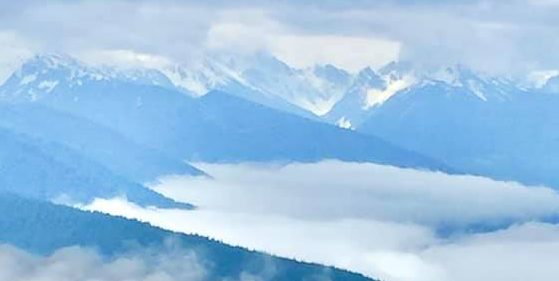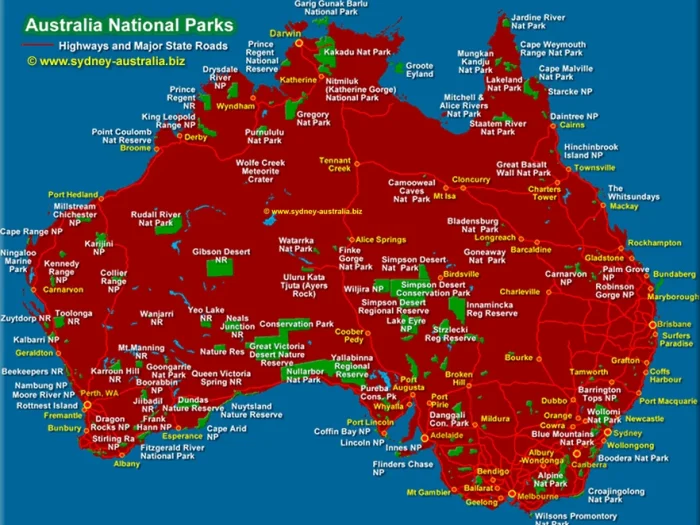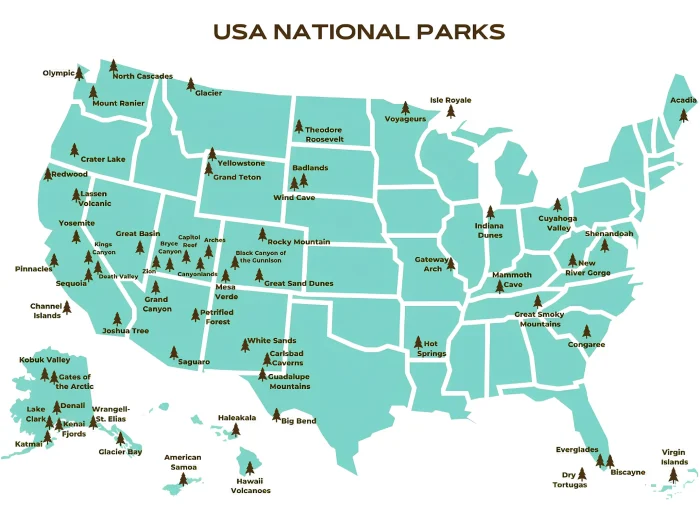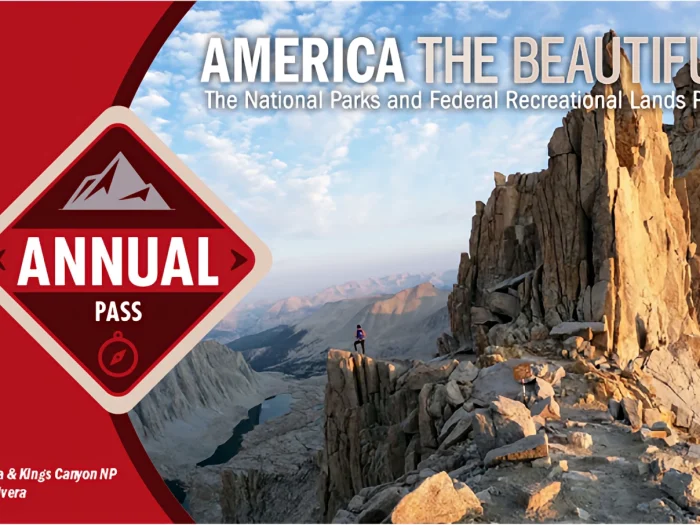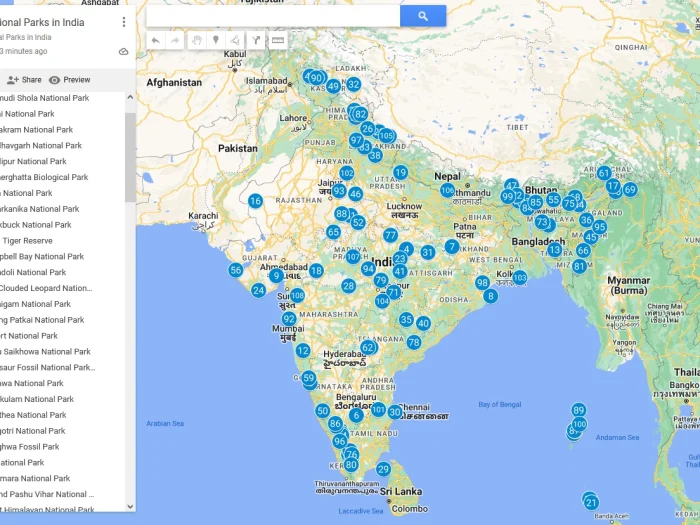Best Things to Do in Theodore Roosevelt National Park
Tucked away in the rugged badlands of western North Dakota, Theodore Roosevelt National Park is a hidden gem that combines striking landscapes, abundant wildlife, and rich American history. Named after the 26th president—who once ranched here and found inspiration for his conservation legacy—the park offers an authentic taste of the wild frontier. Whether you’re an outdoor enthusiast, nature photographer, or history buff, there’s plenty to explore. Here are the best things to do in Theodore Roosevelt National Park.
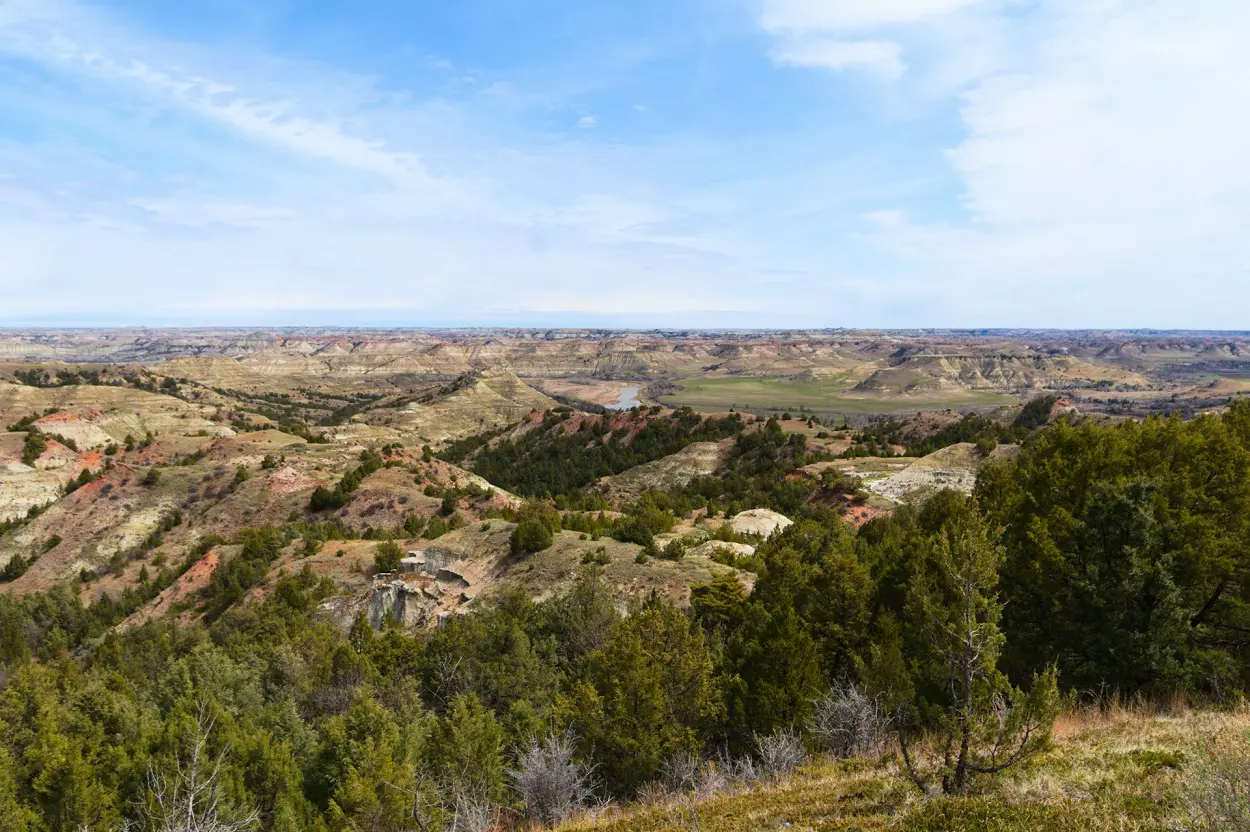
1. Drive the Scenic Loops
The park is divided into three units—South Unit, North Unit, and Elkhorn Ranch Unit—each with its own scenic drive.
- South Unit Scenic Loop Drive (36 miles): Starting in Medora, this drive winds through colorful badlands, prairie dog towns, and overlooks with jaw-dropping views.
- North Unit Scenic Drive (28 miles): Less crowded but equally beautiful, this route features towering cliffs and overlooks like the Oxbow Overlook at the end of the road.
Take your time—bison, wild horses, and elk often cross the roads!
2. Hike the Trails
The park offers over 100 miles of trails for all skill levels. Some must-try hikes include:
- Painted Canyon Trail (1 mile): Short but scenic, with panoramic badlands views right off Interstate 94.
- Caprock Coulee Trail (4.3 miles): A moderately challenging loop in the North Unit that showcases rugged rock formations and forested coulees.
- Petrified Forest Trail (10.3 miles roundtrip): A longer trek leading to one of the largest petrified wood deposits in the U.S.
Always carry water—summers here can get hot and dry.
3. Watch Wildlife
Theodore Roosevelt National Park is a haven for wildlife watchers. The park’s grasslands teem with bison, pronghorns, elk, wild horses, and prairie dogs. Early mornings and evenings are the best times to spot them. Bring binoculars and a camera—you’ll want to capture these moments.
4. Visit the Maltese Cross Cabin
Before he was president, Theodore Roosevelt was a rancher here. His Maltese Cross Cabin, located near the South Unit Visitor Center, gives visitors a glimpse into his life on the frontier. The cabin’s rustic charm and personal artifacts tell the story of how this land shaped Roosevelt’s conservation ethic.
5. Enjoy the Night Skies
Far from city lights, the park boasts some of the darkest skies in the region. On clear nights, you can see the Milky Way stretch across the horizon. Bring a blanket, lay back, and enjoy stargazing—especially during summer’s Dakota Nights Astronomy Festival.
6. Go Horseback Riding
Experience the park the old-fashioned way—on horseback. Riders can explore designated trails and even camp with their horses at Roundup Group Horse Campground. If you don’t have your own horse, local outfitters in Medora offer guided rides through the badlands.
7. Explore Medora
Just outside the park’s South Unit, the charming town of Medora is the perfect base for your visit. Don’t miss the Medora Musical, a lively outdoor show celebrating Western culture and Roosevelt’s legacy. The town also offers cozy lodges, local eateries, and souvenir shops.
8. Capture the Sunrise or Sunset
Theodore Roosevelt National Park is breathtaking at any time, but the soft light of sunrise and sunset makes the landscape glow with vivid oranges and purples. Top photo spots include Boicourt Overlook and Buck Hill, the park’s highest point.
9. Camp Under the Stars
For a true wilderness experience, spend a night camping inside the park. Popular campgrounds include:
- Cottonwood Campground (South Unit)
- Juniper Campground (North Unit)
Both offer beautiful settings with chances to see bison wander near your site.
10. Visit in All Seasons
Each season brings a new kind of magic:
- Spring: Wildflowers and baby bison
- Summer: Warm weather and long daylight hours
- Fall: Brilliant foliage and fewer crowds
- Winter: Snow-covered badlands and peaceful solitude
No matter when you visit, you’ll find something to love.
Final Thoughts
Theodore Roosevelt once said, “I never would have been President if it had not been for my experiences in North Dakota.” A trip to Theodore Roosevelt National Park is your chance to see the wild beauty that shaped a president—and still inspires visitors today.
Whether you come for the scenic drives, hiking, wildlife, or stargazing, this North Dakota treasure offers a truly unforgettable adventure.
FAQs About Theodore Roosevelt National Park
1. Where is Theodore Roosevelt National Park located?
The park is located in western North Dakota, near the town of Medora, along Interstate 94. It’s about 135 miles west of Bismarck and 25 miles east of the Montana border.
2. What are the main areas of the park?
The park has three units:
- South Unit (near Medora) – the most visited and accessible.
- North Unit (near Watford City) – quieter and more rugged.
- Elkhorn Ranch Unit – the remote site of Roosevelt’s original ranch.
3. What is the best time to visit Theodore Roosevelt National Park?
The best time to visit is late spring through early fall (May–September), when the weather is warm and all roads and facilities are open. Fall offers beautiful colors and fewer crowds.
4. How much does it cost to enter the park?
As of 2025, the entrance fees are:
- $30 per vehicle (valid for 7 days)
- $25 per motorcycle
- $15 per person (walk-in or bicycle)
You can also use the America the Beautiful Pass for entry.
5. How many days do I need to explore the park?
Most visitors spend 1–3 days exploring. One day is enough for a scenic drive, but staying longer lets you hike, stargaze, and explore both the North and South Units.
6. What wildlife can I see in the park?
You can see bison, wild horses, prairie dogs, elk, pronghorns, coyotes, deer, and golden eagles. Early morning and sunset are the best times for wildlife viewing.
7. Are there hiking trails for beginners?
Yes! Try:
- Painted Canyon Trail (1 mile roundtrip)
- Wind Canyon Trail (0.4 miles)
- Coal Vein Trail (0.6 miles)
All offer great views with easy terrain.
8. Can I camp inside the park?
Absolutely. The park has two main campgrounds:
- Cottonwood Campground (South Unit)
- Juniper Campground (North Unit)
Sites are first-come, first-served, though some can be reserved online in advance.
9. Are there lodges or hotels nearby?
Yes, the town of Medora (next to the South Unit entrance) has several hotels, lodges, and cabins, including the Rough Riders Hotel and AmericInn by Wyndham Medora.
10. Can I see the Northern Lights from Theodore Roosevelt National Park?
Occasionally, yes! The park’s dark skies make it possible to see the Northern Lights during strong solar activity, especially in winter and early spring.
11. Is Theodore Roosevelt National Park family-friendly?
Definitely. Kids love seeing wildlife, visiting prairie dog towns, and joining Junior Ranger programs offered at visitor centers.
12. Are pets allowed in the park?
Yes, but with restrictions. Pets must be leashed (6 feet or shorter) and are allowed only in developed areas, roads, and campgrounds—not on hiking trails or in buildings.
13. What is the weather like?
- Summer: Warm and dry (70–90°F / 21–32°C)
- Fall: Mild with colorful foliage
- Winter: Cold and snowy (20–40°F / -6–4°C)
- Spring: Cool and breezy
Always check the forecast—weather can change quickly in the badlands.
14. Can I visit both the North and South Units in one day?
It’s possible, but not ideal. The units are about 70 miles apart, so you’d spend a lot of time driving. Plan at least two days if you want to explore both comfortably.
15. Is the park open year-round?
Yes, Theodore Roosevelt National Park is open 24/7, all year. However, some facilities and campgrounds may close seasonally in winter.
16. What’s special about the Maltese Cross Cabin?
The Maltese Cross Cabin was Theodore Roosevelt’s first ranch home in North Dakota. You can tour it near the South Unit Visitor Center to learn about his time as a rancher.
17. Are there guided tours or ranger programs?
Yes! The park offers ranger-led hikes, talks, and night sky programs in the summer. Check the visitor center schedule for current activities.
18. Is there cell service or Wi-Fi in the park?
Cell service is limited inside the park, especially in the North and Elkhorn Units. You’ll find better coverage and Wi-Fi in Medora.
19. Can I go horseback riding in the park?
Yes! You can bring your own horse or join guided trail rides available in Medora. Designated trails and a horse camp (Roundup Campground) are available.
20. Why is the park named after Theodore Roosevelt?
The park honors President Theodore Roosevelt, who ranched here in the 1880s. His experiences in the North Dakota badlands deeply influenced his views on conservation and national parks.
